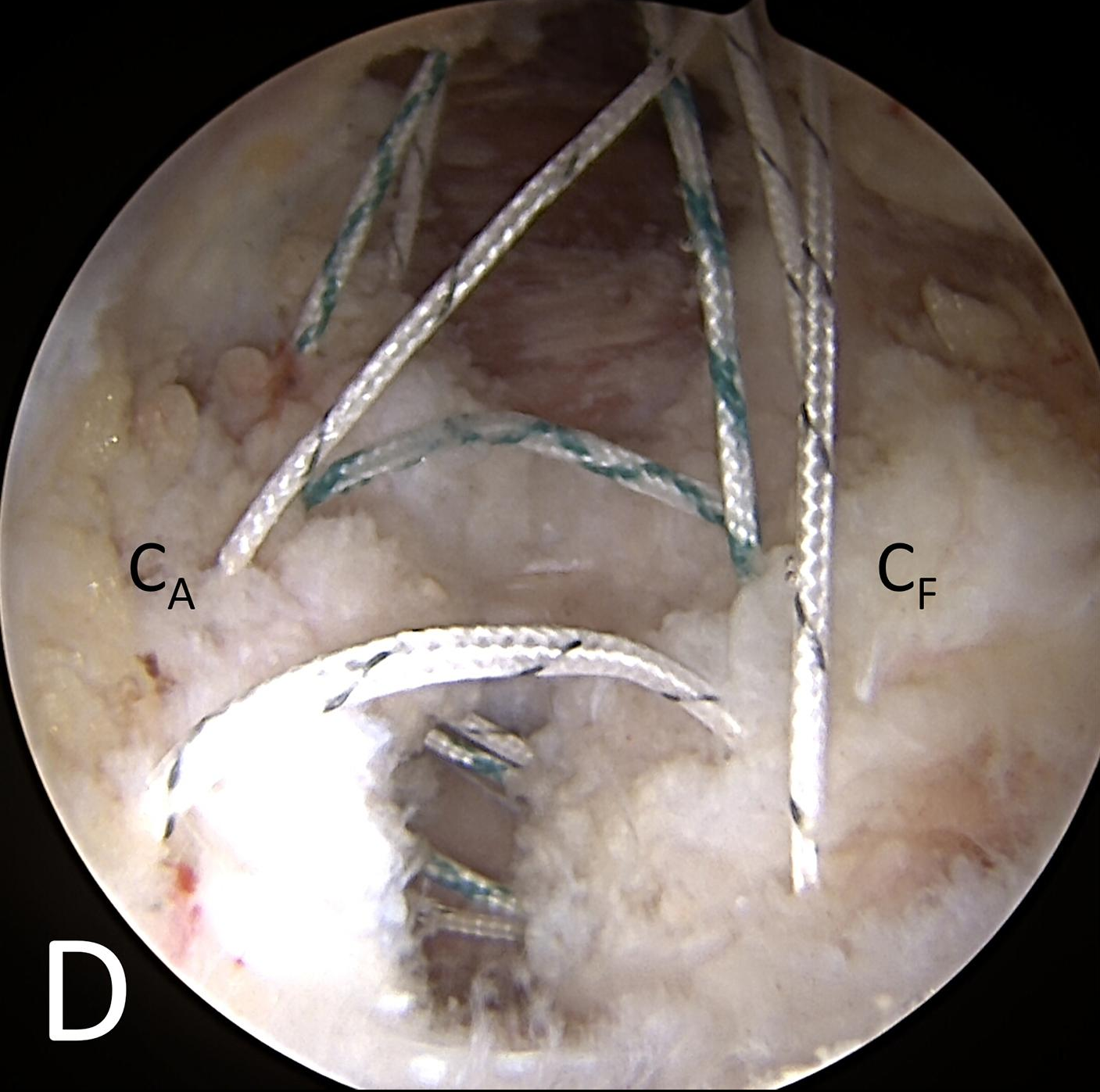Early hip arthroscopists routinely performed capsulectomies to obtain adequate visualization within the hip joint. As our techniques and skills have evolved, more modern capsulotomies are
Category: Editor’s Choice

An extensive body of clinical and basic science research has confirmed that cigarette smoking negatively impacts bone healing. Newer products, such as electronic cigarettes (e-cigarettes) and heated tobacco products (HTPs), are often described as safer alternatives to traditional

The use of computer navigation in total joint arthroplasty is increasing. Navigation has been employed less in total hip arthroplasty (THA) than in total knee arthroplasty, perhaps because of the increased need for

Periprosthetic joint infection (PJI) remains a challenging complication in orthopaedics. These infections are often related to low-virulence organisms, and the search for reliable diagnostic tests continues to be paramount. Joint aspiration has been a starting point for

As we continue to evaluate methods of treating adolescent idiopathic scoliosis (AIS), growth modulation has become a hot topic. Such techniques aim at curve correction without the need for fusion, and can involve either tethering on the convex side of the curve or distraction on the concave

